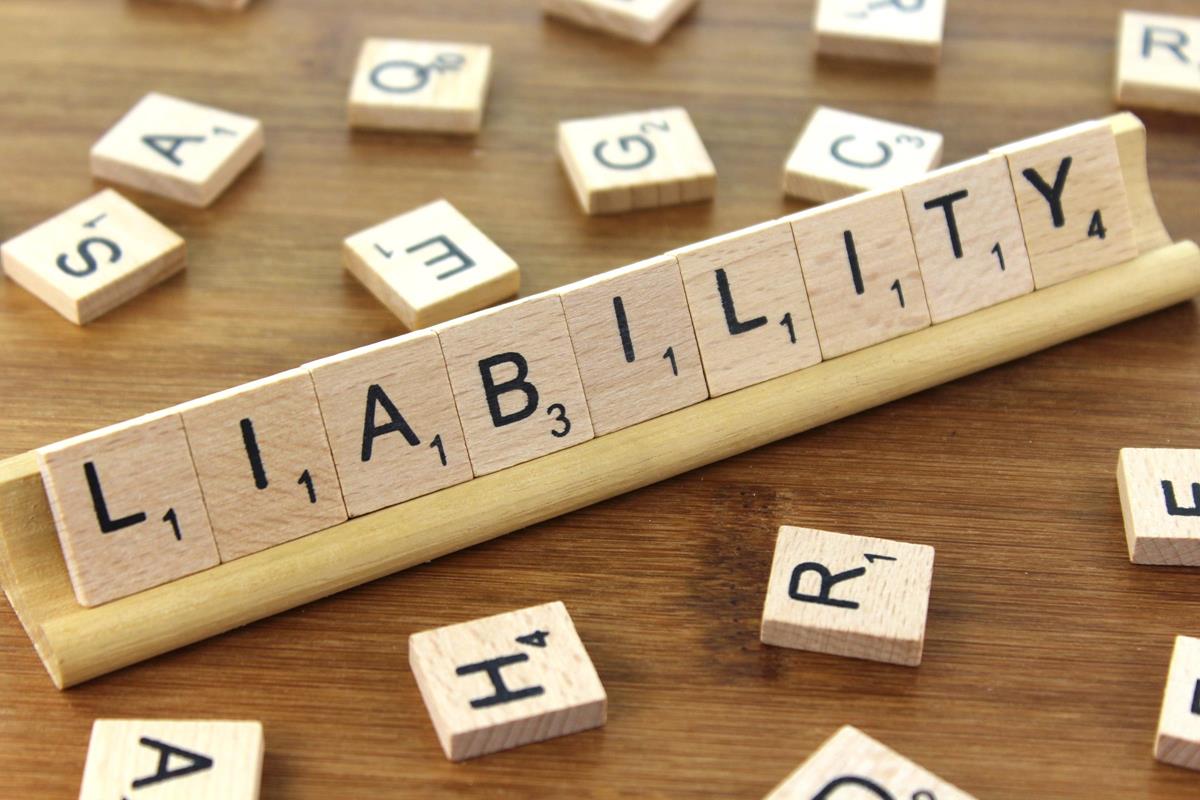In the practical world, there are many transactions that occur whose final outcome is not always known at the time. Some such incidents involve litigation, insurance claims, pending disputes, etc. Any liabilities arising in such a situation is known as a contingent liability. Let us learn more about them.
Contingent Liability
A contingent liability is a liability that may or may not happen. This means there is uncertainty about recording such a liability in the financial accounts. This is because the happening or not happening of a contingent liability is not in the hand of us.
There are two ways contingent liability can be defined. One method involves a past event and the other one a future event. Let us take a look at the definition of a contingent liability.
- It is an obligation that may possibly arise from the occurrence or the non-occurrence of a certain future event. The company itself has no control over the said event.
- An obligation may arise for the company from past events also. This happens when
- It is not likely that an outflow of funds will be required to discharge the contingent liabilities.
- No reliable estimate can be made for the legal obligation. There is no prior precedence to enable the company to make such an estimate.

Recording of Contingent Liabilities
Now let’s make one thing clear. Contingent liabilities are never recorded in the financial statements of a company. These obligations have not occurred yet but there is a possibility of them occurring in the future. So a contingent liability has no accounting treatment as such.
However, considering that we follow a conservative approach to accounting, we must follow the practice of the disclosure. So a contingent liability, like contingent assets, will be disclosed in the final statements of a company as a footnote. i.e. notes to accounts. This will happen if
- There must be a possible present obligation from a past event
- The outflow of economic resources to settle the obligations is not probable (only possible)
- Such a possibility of an outflow of resources is not remote
- The amount of obligation can be reasonably measured
Now such contingent liabilities have to be reviewed on a yearly basis. And the accountant, management, auditors, etc must make a decision based on the information they have whether it is still a contingent liability or if it is now a provision or even a liability.
Take for example the following case. A company gave a bank guarantee on behalf of a subsidiary. For the past 3 years, this has been shown as a contingent liability. Now in the current financial year, the subsidiary company went through a financial crisis and is almost on the verge of bankruptcy. Then in such a case, this is no more a contingent liability. Now the company must consider this as a provision or even as a liability and pass the necessary accounting entries to recognize this.
Browse more Topics under Contingent Assets And Liabilities
Contingent Liability and Provisions
A provision is a liability which can only be measured using a significant degree of estimation. This means that the obligation is already present but we cannot determine the exact amount of the obligation, only an estimate can be determined. Then in such a case, we make a provision for such a liability.
Unlike contingent liabilities, provisions are recorded in the books of accounts. They are debited to the Profit and Loss Account. Some examples are Provision for bad debts, provision for taxation, etc.
There is only one scenario where a provision will not be recorded in the books of accounts. If the liability is probable (more likely than not) but it cannot be measured or estimated with any reliability then such liability has to be recorded as a contingent liability. You cannot record it in the books of accounts if it simply cannot be measured. Such instances though are very rare.
Now let us see the differences between provisions and contingent liabilities.
| Provisions | Contingent Liabilities |
| Provisions are present obligations or liabilities but with uncertain amounts. The amounts can only be measured with a substantial estimation. | Contingent liabilities are possible obligations. So they may or may not actually occur. It will depend on the occurrence or nonoccurrence of certain events over which the company has no control. |
| Provisions meet the recognition criteria. This means they are recognized in the books of accounts | Contingent liabilities, on the other hand, are only disclosed in the notes to accounts because they do not meet the criteria. |
| If the management estimates a liability is probable, that the settlement of the obligation will most likely result in an outflow of economic resources it will be recognized as a provision. | If the management thinks that the chances of economic outflow are possible but not very likely then these will be treated as contingent liabilities. |
Solved Question for You
Q: A company is facing litigation. Their lawyers inform them that there is a 70% chance that the company will not have to pay damages, and a 30% possibility of damages arising. How should the management recognize such a liability?
Ans: The possibility of an actual outflow of economic resources to meet a possible obligation is 30%. So while such an obligation arising is possible, it is not probable. So the company can recognize this as a contingent liability and disclose it in their notes to accounts. No accounting entry has to be passed.






Leave a Reply